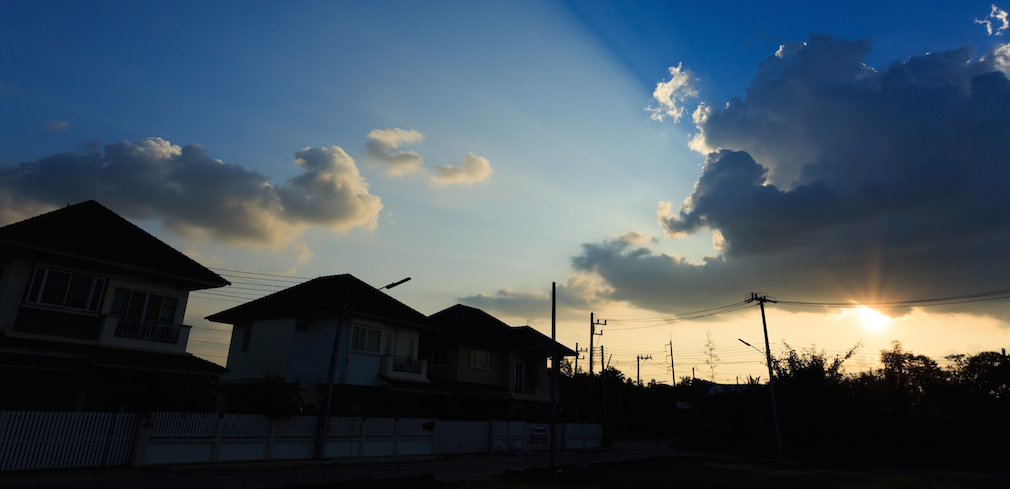Affordability continues to plague the housing industry, leaving some of the nation’s poorest communities struggling just to make ends meet.
This is especially true for residents living in “high-risk” communities where poverty usually partners with inadequate housing, violence and sickness.
Notably, data indicates a link between highly concentrated levels of poverty and physical health.
This realization has driven hospitals to join the real estate business, thus meeting the needs of impoverished homeowners seeking safe and affordable housing, according to an article written by Paul Chishol for NPR.
"It's remarkably frustrating as a physician to see patients over and over and over again from these very high-risk communities," says Dr. Kelly Kelleher, director of the Center for Innovation in Pediatric Practice at Nationwide Children's Hospital. "Houses that are falling apart, plumbing problems, mold, rat infestations, violence. You see 25 kids a day, and maybe two-thirds of them are in these desperate straits."
The impact on kids goes beyond toxic living conditions like mold and lead, Kelleher says. "The stress of living with violence and trauma, racial segregation, and unstable living conditions leads to something researchers call "the neighborhood effect."
The article states that Nationwide Children's Hospital located in Southern Orchards, Ohio, began to invest in neighborhood homes through an initiative called Healthy Neighborhoods Healthy Families.
Healthy Neighborhoods Healthy Families worked in partnership with the city and community groups like the United Way and a local Methodist congregation, HNHF renovated vacant homes for resale, built new affordable housing, and wrote checks to homeowners to fund renovations on their homes.
According to Kelleher, their efforts aimed to prevent potential health conditions caused by dangerous physical and socio-economic environments.
The article states that Columbus is “not alone in its community-based approach to healthcare” as cities around the nation including, Seattle, Boston, Atlanta, and New York and more have similar projects, University of California, Berkeley Professor Jason Corburn said.
"This is a national trend," says Corburn. "It's happening in cities across the country."
The most recent National Association of Home Builders/Wells Fargo Housing Opportunity Index revealed that housing affordability has now reached a 10-year low in the second quarter of 2018.
But the U.S. Department of Housing and Urban Development Secretary Ben Carson and the Trump administration continue to propose housing assistance reduction, which could potentially mean the presence of hospital real estate and aid may be on the rise.






